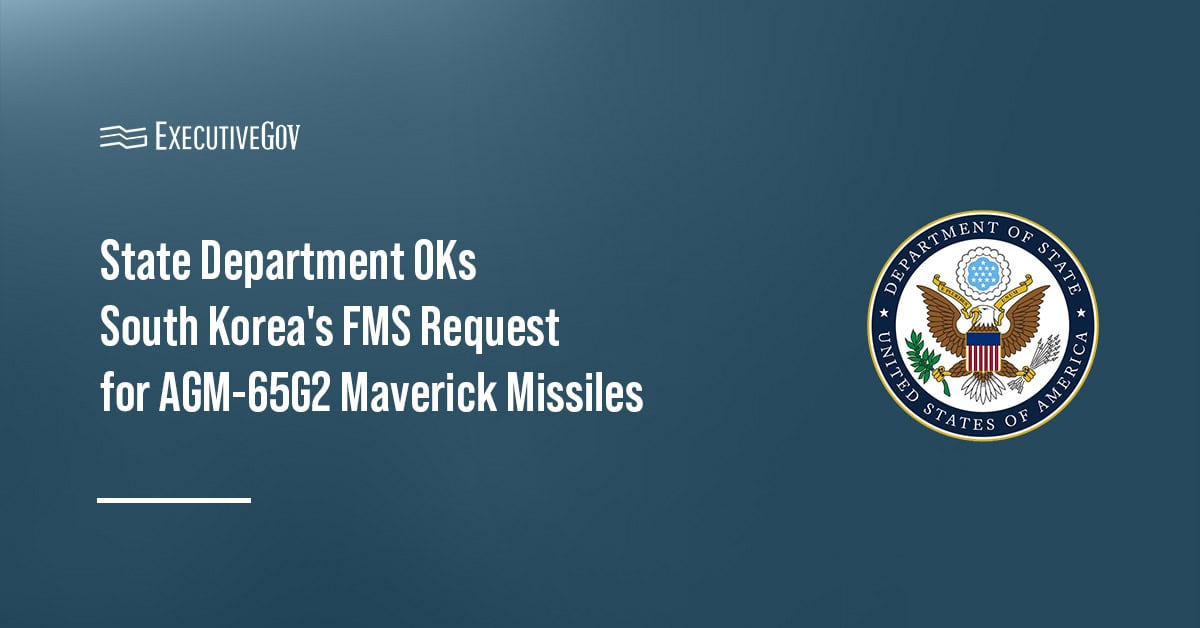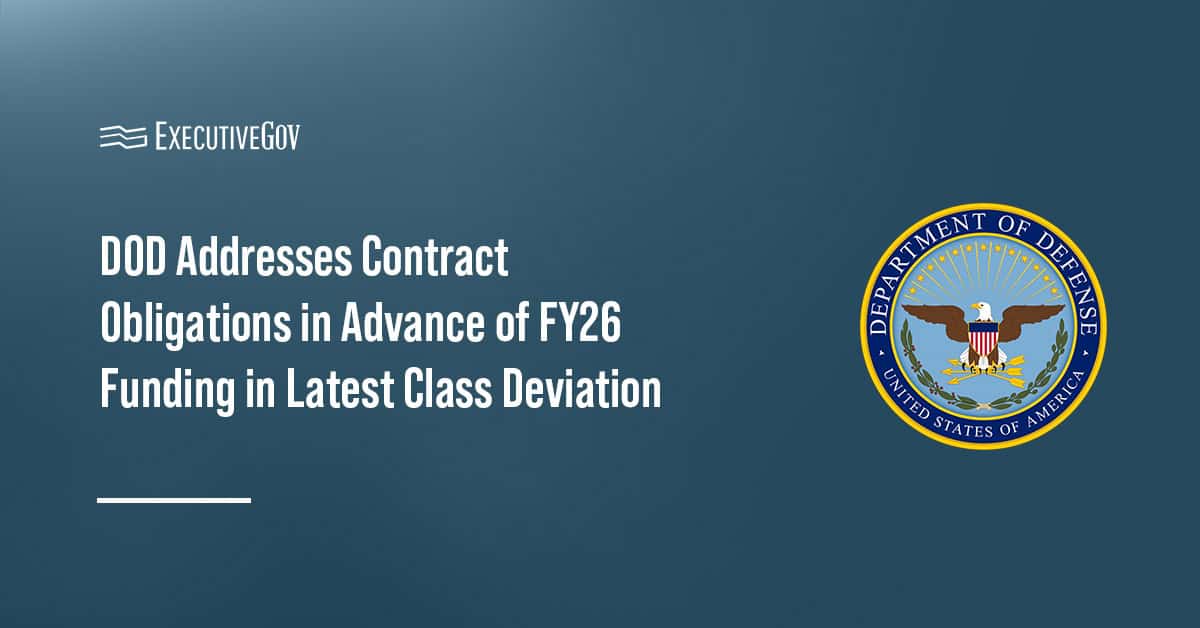
Air Force F-35A units from arrived in the Middle East for the aircraft’s first deployment in the branch’s central command area. The jets, coming from the active duty 388th and the reserve 419th fighter wings, are preparing for the AFCENT mission, the Air Force said Monday.
“The sensor fusion and survivability this aircraft provides to the joint force will enhance security and stability across the theater and deter aggressors,” said Lt. Gen. Joseph Guastella, CENTCOM commander for the Air Force.
The aircraft is built to integrate data for sharing with battlefield associates, boosting survivability against threats. The F-35A mission with CENTCOM follows the aircraft’s deployment to the U.S. Pacific Command AOR in 2017.





